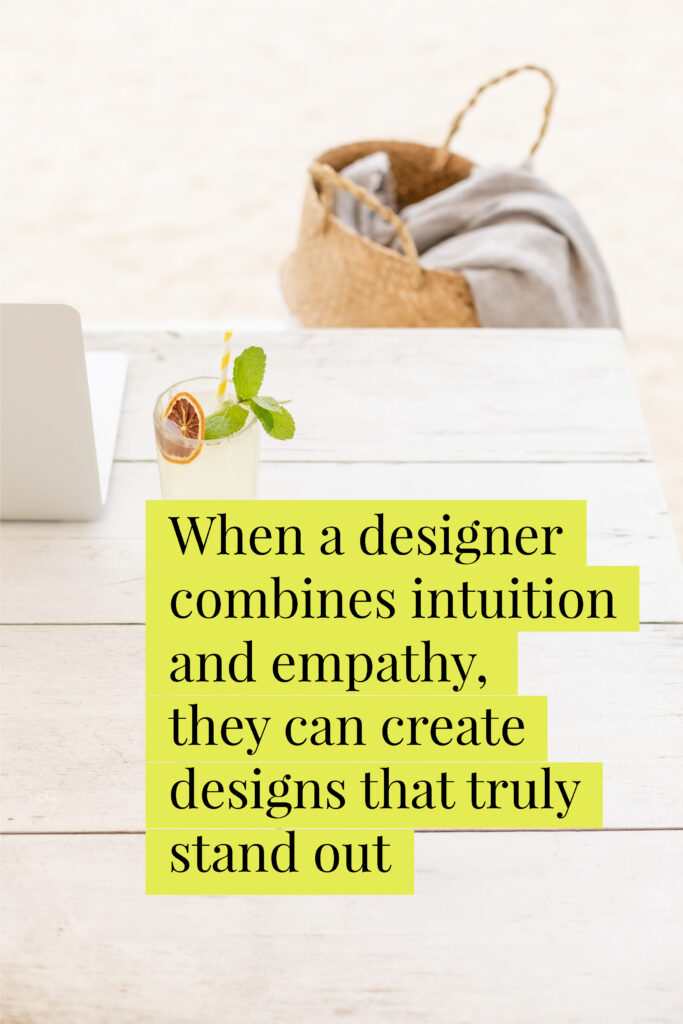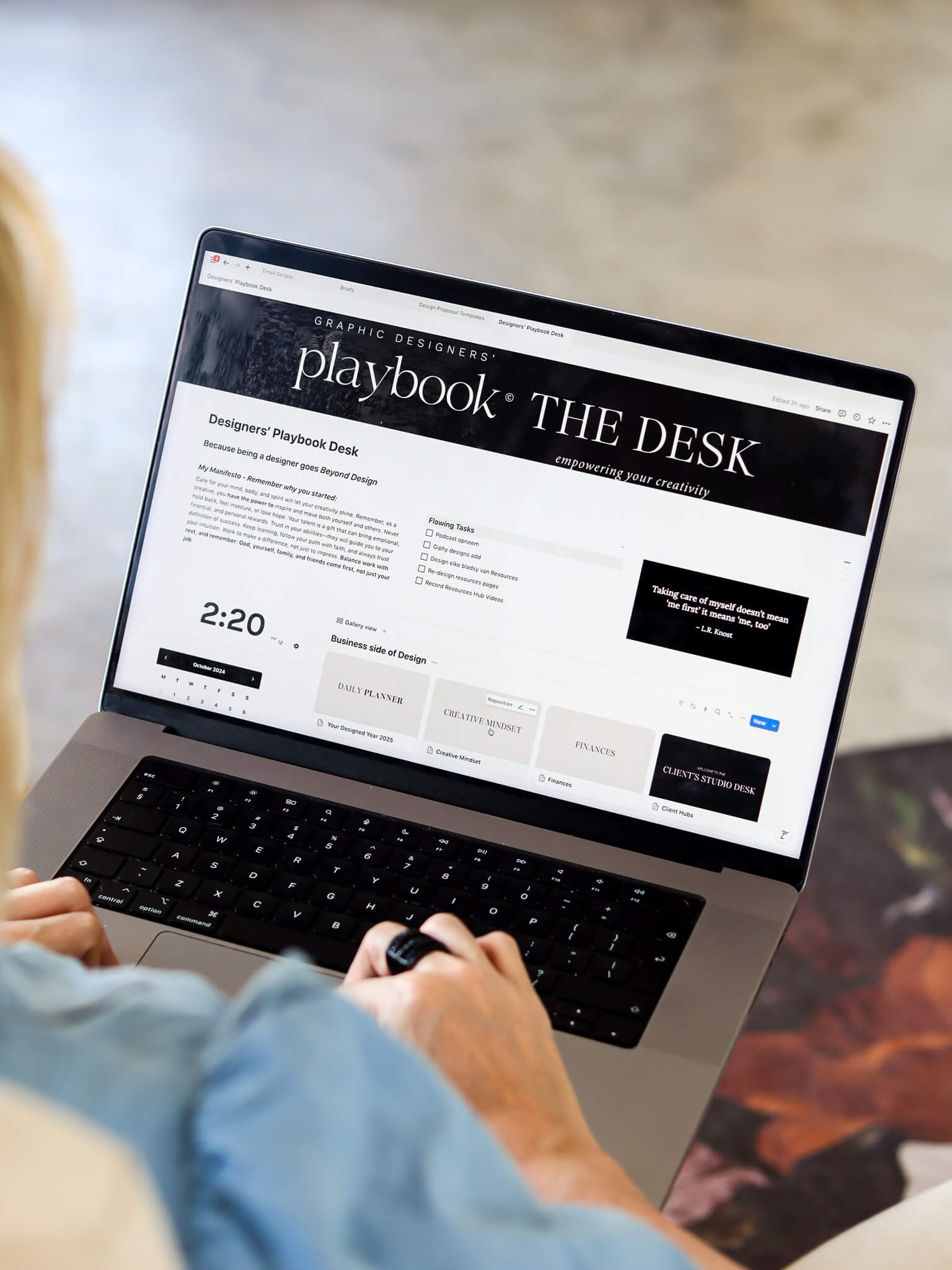Design is not just about being creative; it’s about understanding the relationship between people and design. When designers can read between the lines and use information that’s not being said, they can create designs that truly make a difference. Using intuition and empathy are crucial elements of successful design.
Intuition is often described as a “gut feeling” or an intuitive understanding of something without conscious reasoning. Intuition can be instrumental in design because it allows designers to make decisions based on feelings rather than relying solely on logic or data. Designers who use their intuition can create more emotionally resonant designs with their audience. For example, a designer might intuitively know that a specific colour or font will appeal to a particular demographic, even if they can’t explain why.

Empathy is another important aspect of successful design. When a designer can put themselves in the shoes of their audience, they can create designs that are more effective at communicating a message or eliciting a desired response. Empathy involves understanding the people’s needs, desires, and motivations interacting with the design. This means considering age, gender, culture, and individual personalities.
When a designer combines intuition and empathy, they can create designs that truly stand out. By understanding the relationship between people and design, a designer can create work that resonates with their audience on a deeper level. They can create designs that are not just visually appealing but emotionally impactful as well.
One example of this approach is the redesign of the Instagram logo in 2016. The previous logo was a simple camera icon. Still, the new design incorporated a more vibrant colour palette and a gradient effect that made the logo look like a camera lens. The new design was widely praised for being more modern and visually appealing, but it was also more intuitive and empathetic. The new logo spoke to Instagram’s audience in a way that the previous design did not, and it helped to establish the brand as a leader in the world of social media.
Tips on how designers can develop their creative intuition and empathy:
- Practice active listening: To understand your clients and their needs better, it’s important to actively listen to what they say. Take notes, ask questions, and try to get a sense of what they are really looking for in a design.
- Put yourself in their shoes: Empathy requires imagining yourself in someone else’s position. Imagine what it would be like to be in your client’s or user’s position and how your design could address their needs.
- Stay curious: Being curious and open-minded can help you develop your intuition. Stay current on design trends, explore new techniques, and experiment with different mediums.
- Trust your instincts: Sometimes, your intuition tells you something isn’t quite right, even if you can’t explain why. Learn to trust these instincts and use them to guide your design decisions.
- Seek feedback: Getting feedback from clients, colleagues, and users can help you refine your designs and develop a better sense of what works and what doesn’t.
- Reflect on your work: Take the time to reflect on your past designs and projects. What worked well, and what could have been improved? Use this feedback to inform your future work.
Developing your creative intuition and empathy takes time and practice, but you can become a more effective and empathetic designer with persistence and dedication.
The Graphic Designer’s Playbook is a great tool to help guide your creative process more powerfully and intuitively.


